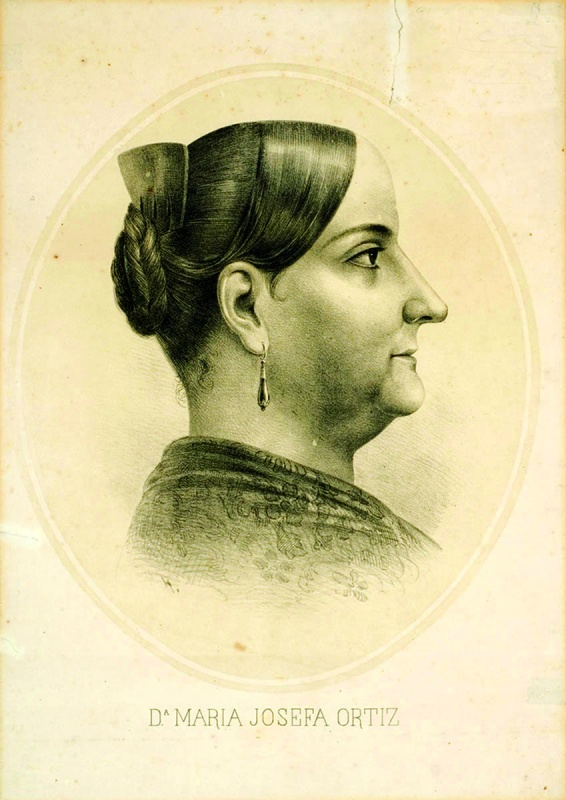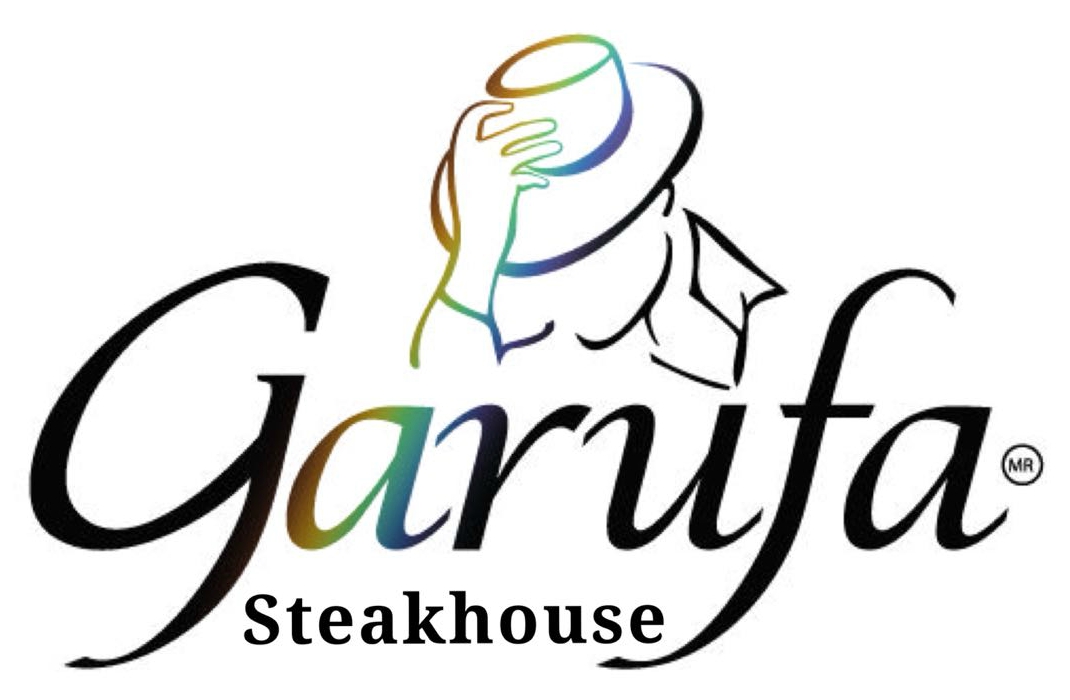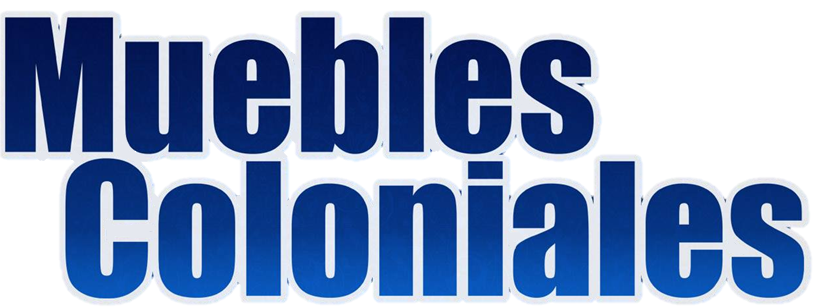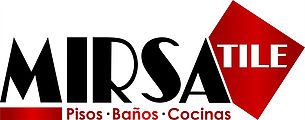Most of us are familiar with the prickly pear cactus. You know, the roundish flat green pads that have lots of spines, tiny fine stickers and produce a round red fruit, which also has stickers. This humble cactus was cultivated by the Aztecs and is still used today in Mexico and other countries around the world. It is also an important symbol that appears in the Coat of Arms on the Mexican flag.
For thousands of years the Aztecs and other Mesoamerican people have used the fruit to make Colonche, an alcoholic beverage, and the leaves have been prepared as a food in their diets. Traditionally, Mexicans have cooked eggs and chopped nopales, the leaves, for breakfast.
The prickly pear has a long history in Mexican folk medicine, particularly as a treatment for diabetes. Through research, done by the Universidad Autonoma of Baja California, it was found that if consuming nopales during a meal, it could lower blood sugar levels up to 50%. The pectin that is contained in the pulp of the leaves lowers the levels of the LDL, the bad cholesterol, while leaving the HDL, the good cholesterol, levels unchanged. The pectin may also lower the need for insulin.
Consuming prickly pear before drinking may reduce the nausea and dry mouth associated with a hangover. Prickly pear has been used as a poultice for rheumatism, for reducing high blood pressure, gastric acid, ulcers, fatigue, glaucoma, liver conditions and for preventing the infection of wounds. The fruit has been used for diarrhea, asthma and even gonorrhea. In Sicily, Italy, the flower is used as a diuretic and as an anti-inflammatory in treating edema and whooping cough. In South Korea the cactus has been used to treat bronchial asthma, burns and cases of indigestion. And that is just some of its medicinal uses.
The Aztecs also used the prickly pears parasite, a scale insect called Dactylopius coccus, to produce red dye for their fabrics. At one time, it was Mexico’s second largest export item, next to silver, and was quoted on the London and Amsterdam Commodity Exchanges. Since the dye is color fast, meaning it won’t wash out, it was used by the British for their famous Red Coats. Lately, the dye is being used as food coloring, since it is not toxic.
The fresh fruit contains vitamin C and is used as purée to make jelly, candy, beverages alone, or mixed with other juices. It can be added to yogurt, ice cream and applesauce, used for pancakes, instead of syrup, prickly pear Margaritas, or added to salad dressing vinaigrette.
The leaves are best when they are fresh young small pads of the “spineless” variety. The larger ones tend to be stringy. You can pick them yourself or purchase cleaned ones at some grocery stores. In any case, you should wear gloves to avoid the stickers and or the spines. You can also use tongs. The stickers can get stuck in your hands or lodged in the mouth and throat, if not properly removed. You can burn the spines off over a flame and finish removing the stickers by rubbing the leaves with sand. For a photographic demonstration on how to prepare the fruit for eating, please go to a website using the following link on the Internet: http://simplyrecipes.com/recipes/how_to_cut_and_prepare_prickly_pears/
It is truly amazing how versatile the Prickly Pear Cactus is, there are really a lot more uses than I have mentioned in this article. Next time you accidentally get a sticker from the prickly pear cactus, remember, what a wonderful plant she is.
Rosarie Salerno 623-200-1106
























